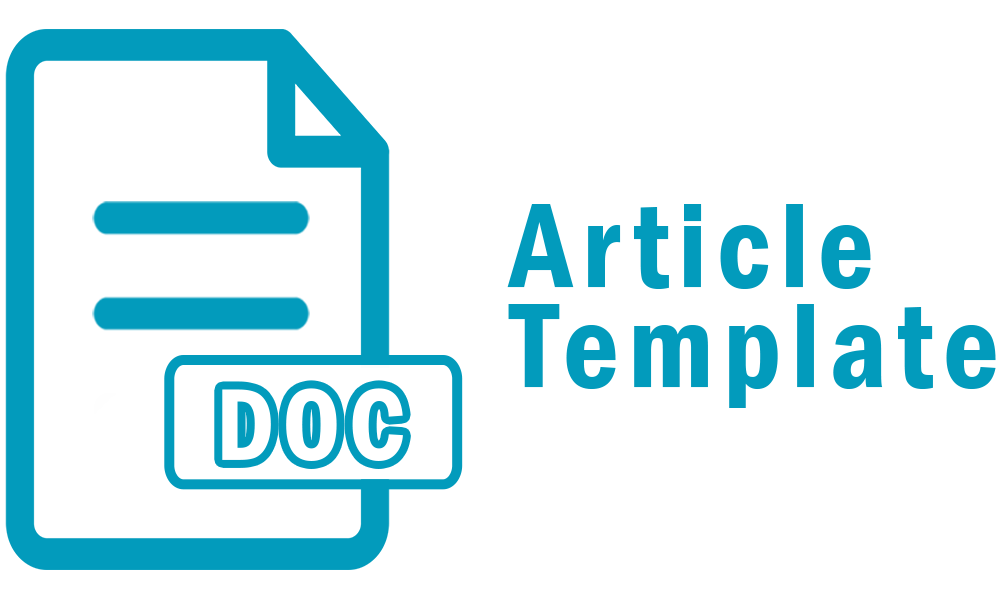EVALUATION OF PRODUCTION SCHEDULING WITH DMAIC METHOD. FCFS. TQC, 5S AT PT GRAFIKA
DOI:
https://doi.org/10.46961/kreator.v9i1.481Abstract
A graphic company can operate well if there is no waste in terms of material, time or process, it is necessary to have PPC in the scheduling department, which can calculate processing time, use process time and monitor production orders. The problem that occurs is scheduling that is not in accordance with the scheduling plan that has been made by the scheduling department, it is necessary to review the scheduling problem and the causes of the discrepancy with the planned scheduling plan. Analysis of the problem using the DMAIC method to identify problems, the FCFS method to calculate the production time delay, there is a delay of 348 minutes or 58 minutes for each job. The TQC method with the 5S method looks at the quality of the production operator. The causal diagram method and the 5W-1H method look for problems that must be resolved immediately, then the causes of delays are found and are not in accordance with the MRT and downtime scheduling plans due to the following factors: A. Production workflow is not clear, b. Incompetent workforce, c. The condition of the engine is problematic, d. Incompatibility of the print production process scheduling plan. Company leaders need to conduct training and understanding of print quality standards in terms of efficiency and time effectiveness. Production costs and workflow
Â
Keywords:Â DMAIC, FCFS, TQC , 5W-1H, schedulingDownloads
Published
How to Cite
Issue
Section
Citation Check
License
Authors who publish with Kreator agree to the following terms:
- For all articles published in the Kreator, copyright is retained by the authors. Authors give permission to the publisher to announce the work with conditions. When the manuscript is accepted for publication, the authors agree to the automatic transfer of non-exclusive publishing rights to the publisher.
- Authors retain copyright and grant the journal right of first publication with the work simultaneously licensed under a Creative Commons Attribution-ShareAlike 4.0 International License that allows others to share the work with an acknowledgment of the work's authorship and initial publication in this journal.
- Authors are able to enter into separate, additional contractual arrangements for the non-exclusive distribution of the journal's published version of the work (e.g., post it to an institutional repository or publish it in a book), with an acknowledgment of its initial publication in this journal.
- Authors are permitted and encouraged to post their work online (e.g., in institutional repositories or on their website) prior to and during the submission process, as it can lead to productive exchanges, as well as earlier and greater citation of published work (See The Effect of Open Access).











